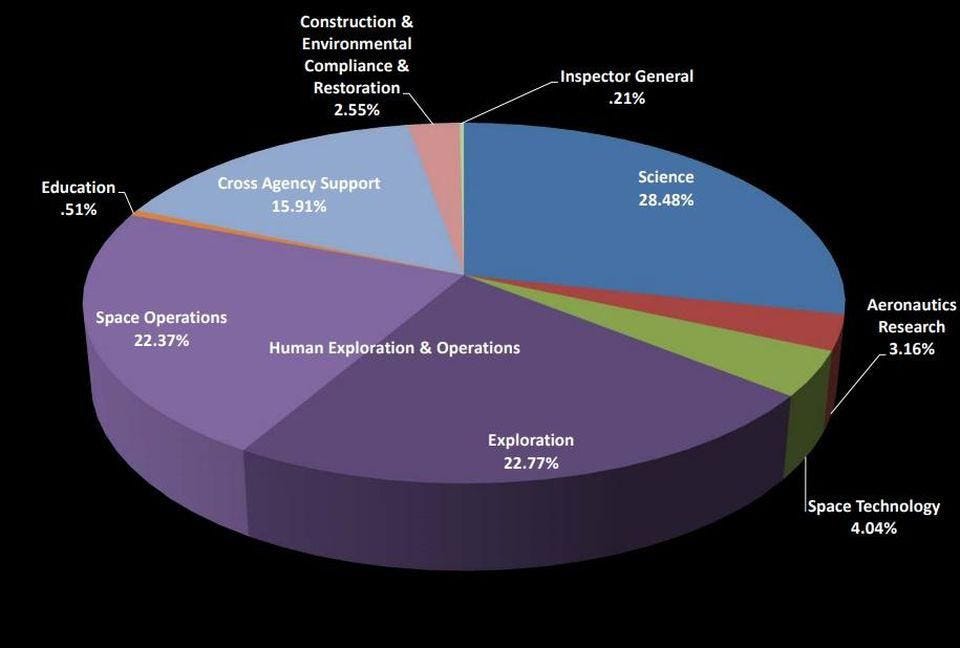https://medium.com/starts-with-a-bang/winners-and-losers-in-nasas-budget-for-2018-and-beyond-340cb76d5af9On March 21st, 2018, both branches of Congress passed the United States’ Consolidated Appropriations Act, finalizing spending for the 2018 fiscal year. This omnibus spending bill clocks in at 2,232 pagesand a total budget of $1.3 trillion, and despite initial threats by the President to veto the legislation, it was signed into law on Friday, March 23rd. Under President Trump’s earlier proposal, many science-and-education-based organizations were facing dramatic potential cuts, including multiple branches of the Department of Energy, the Department of Education, the EPA, the US Geological Service, the National Institutes of Health, NOAA, and the National Science Foundation. But in an unprecedented move, the administration proposed cancelling the flagship mission of NASA Astrophysics for the decade of the 2020s: WFIRST, along with many other cuts to NASA. Thankfully, many of these cuts didn’t make it through. Let’s examine the winners and losers.

Four of these five missions have had their funding restored:
the Plankton; Aerosol; Cloud; ocean Ecosystem (PACE);
the Orbiting Carbon Observatory-3 (OCO-3);
the Deep Space Climate Observatory (DSCOVR)’s Earth-viewing instruments;
and the Climate Absolute Radiance and Refractivity Observatory (CLARREO) Pathfinder.
 觀星論壇
觀星論壇 
